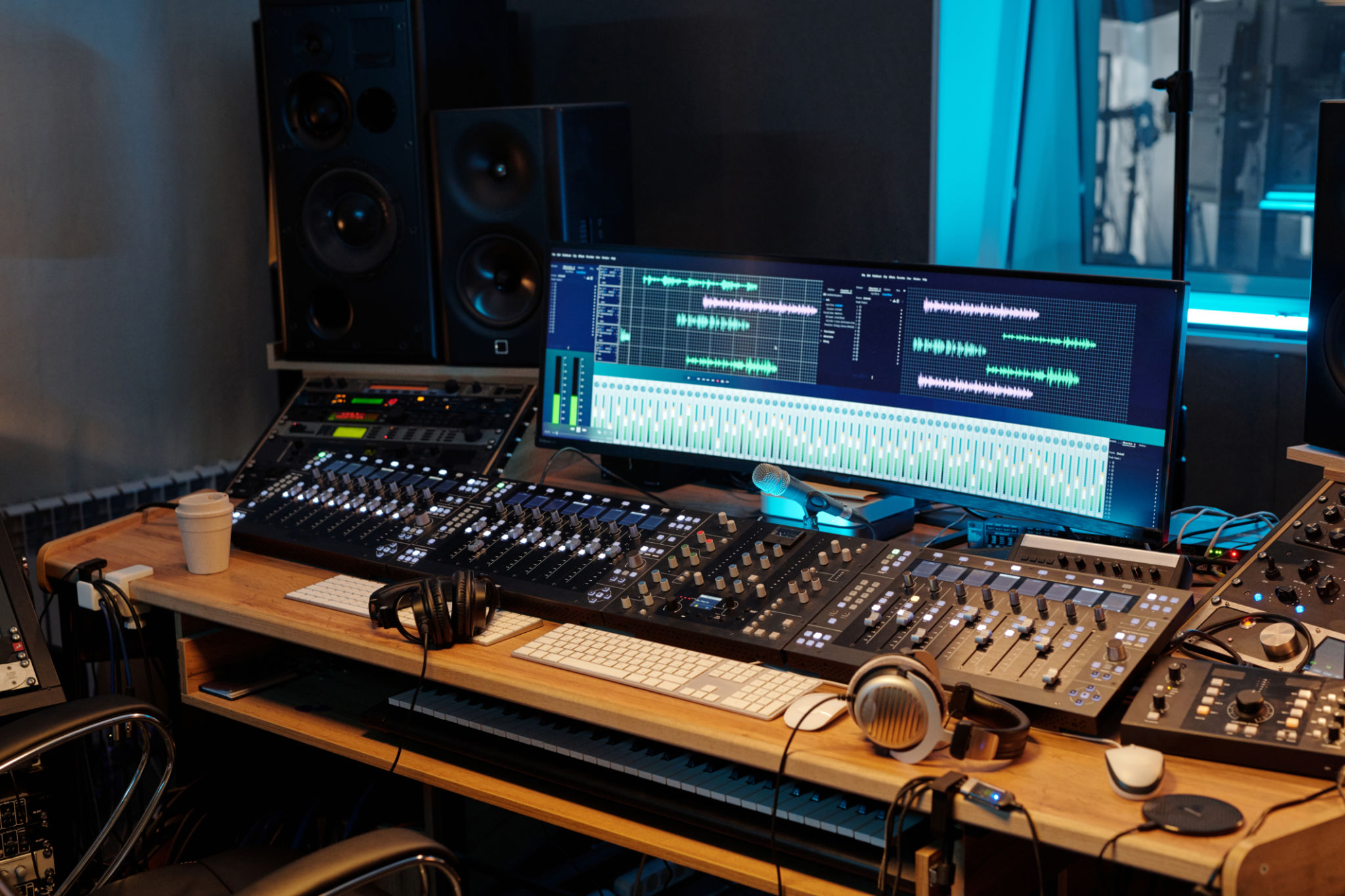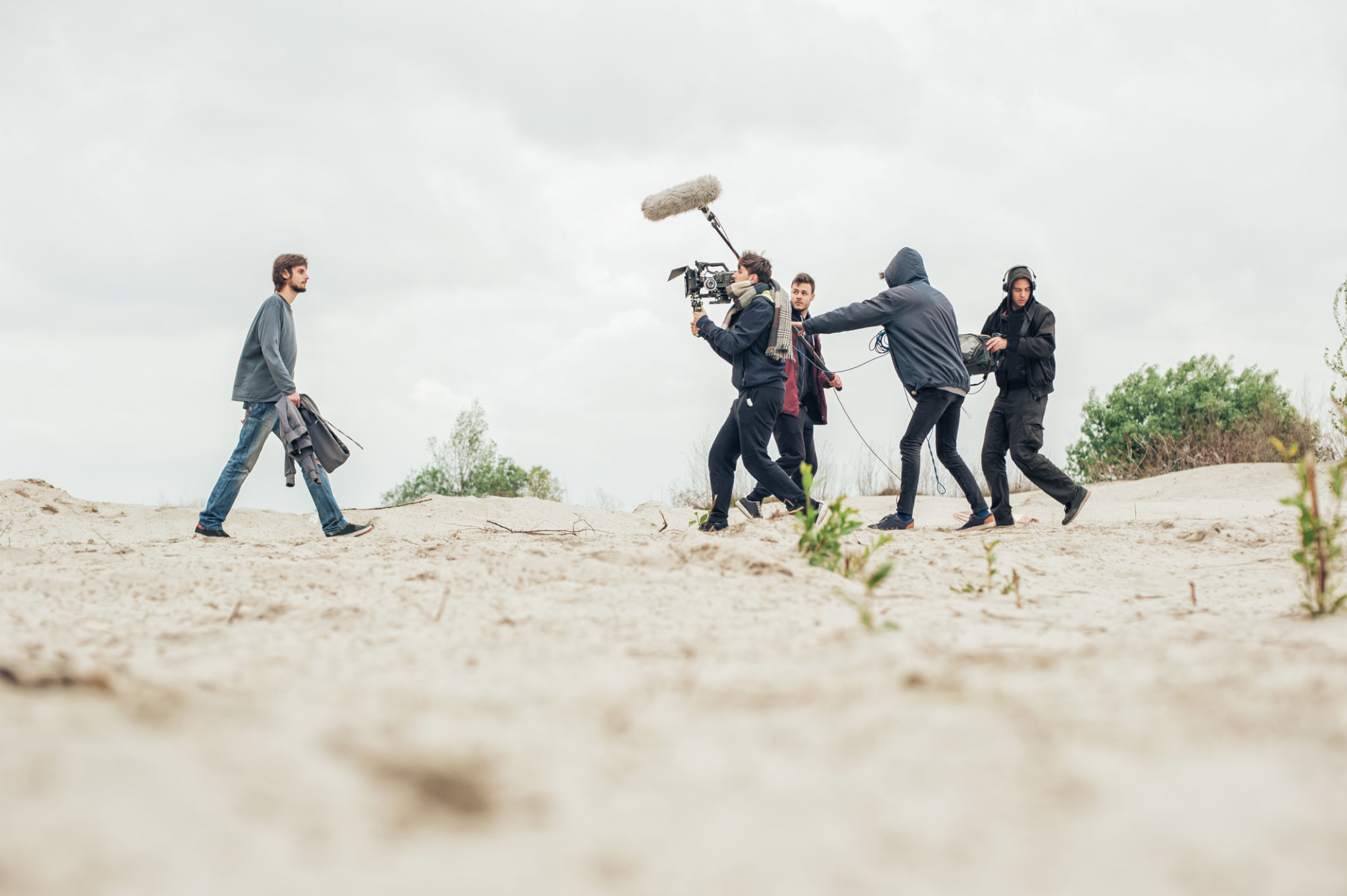Seasonal Audio Production Tips: Capturing the Best Sound in Any Weather
Understanding the Impact of Weather on Audio Production
When it comes to audio production, weather can be an often overlooked factor that significantly influences the quality of your recordings. Whether you're working outdoors or in a studio, understanding how different weather conditions affect sound can help you capture the best audio possible. From humidity and temperature to wind and rain, these elements can alter the way sound travels and is perceived. By preparing for these variables, you can ensure that your audio production remains consistent and professional.
Temperature variations can have a profound impact on audio equipment and sound quality. Cold weather can cause cables to become brittle, while extremely hot conditions may lead to overheating of recording devices. It's crucial to monitor the temperature and ensure that your equipment is properly shielded and maintained for optimal performance.

Dealing with Humidity and Its Effects
Humidity is another critical factor in audio production. High humidity levels can cause unwanted noise and even damage sensitive equipment. Condensation can form on microphones and other gear, leading to malfunctions or distorted sound. To combat this, consider using dehumidifiers in enclosed spaces or protective covers for outdoor equipment.
On the flip side, low humidity can lead to static electricity, which can interfere with recordings. Keeping a balanced humidity level is essential, regardless of where you are recording. Regularly checking and adjusting the humidity in your recording environment can help maintain sound quality.
Choosing the Right Equipment
Your choice of equipment can make a big difference in how you handle various weather conditions. For instance, using windshields or windscreens on microphones can significantly reduce wind noise during outdoor recordings. These accessories are vital for capturing clear sound without unwanted interference.

Recording Outdoors: Strategies for Success
Recording outdoors presents unique challenges that require specific strategies to overcome. Wind, for instance, is one of the most common issues encountered during outdoor recordings. Using directional microphones can help minimize the impact of wind by focusing on the sound source while excluding background noise.
Rain is another challenge that outdoor audio producers often face. Waterproof covers or enclosures for your equipment are essential when capturing sound in wet conditions. It's also helpful to have an alternative plan, such as moving to a sheltered area, to ensure recordings are not compromised by sudden changes in weather.

Leveraging Natural Acoustics
One advantage of recording outdoors is the opportunity to leverage natural acoustics. Different environments provide unique soundscapes that can enhance your production. Whether it’s the gentle rustle of leaves in a forest or the echoing sounds in a canyon, these natural elements can add depth and character to your recordings.
To make the most of these natural acoustics, be mindful of your surroundings and take time to experiment with microphone placement. This will help you capture the best possible sound while minimizing unwanted noises.
Preparing for Seasonal Changes
Seasonal changes often bring about shifts in weather patterns that can affect audio production. During winter, for example, longer nights and shorter days may impact your recording schedule. Planning your sessions during optimal daylight hours can help ensure better lighting and sound quality.
Similarly, summer's increased heat and humidity require careful planning of equipment maintenance and storage. Regularly servicing your gear will keep it in top condition and ready for any seasonal challenges.

Conclusion: Embrace the Elements
In conclusion, understanding and embracing the various weather conditions throughout the seasons can significantly enhance your audio production capabilities. By taking proactive steps to address environmental factors such as temperature, humidity, wind, and rain, you'll be better equipped to capture high-quality sound in any setting.
Remember, every season offers unique opportunities to create compelling audio content. By preparing adequately and leveraging natural acoustics, you can turn potential obstacles into creative advantages that enrich your productions.
